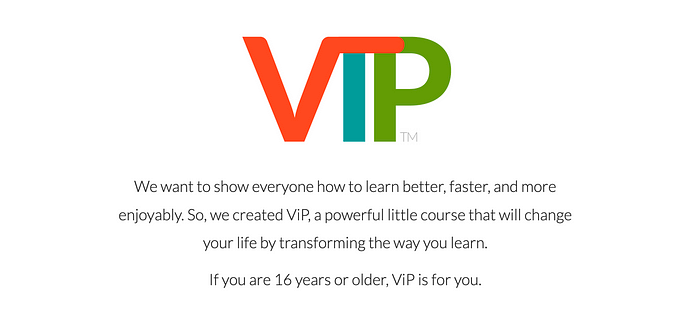
Micro-skills & micro-VCoLs: A learner’s guide
When we teach people how to learn the way their brains are designed to learn, two of the most common questions are: (1) What does micro mean?” and (2) “Why micro?” In this article, I address these questions and explore some implications.
See our growing collection of free good-in-a-crisis micro-VCoLs at LecticaLive.
What is a micro-VCoL™?

Micro-VCoLs are frequently iterated learning cycles that are embedded in everyday activities. Like any VCoL, they involve setting a learning goal, gathering information, applying information, and reflecting on outcomes (preferably with input from others). But in the case of the micro-VCoL, the focus is on the smaller skills (micro-skills) that make up complex sets of skills.
What does “micro” mean?
As noted above, micro-VCoLs are designed to be embedded in everyday activities — practiced in-the-moment in contexts in which the skills they target are likely to be useful. They work best when they are repeated many times in a variety of situations. To make this possible, we reduce the time it takes to complete a VCoL cycle by breaking targeted skills down into smaller pieces called micro-skills.
- Our use of the term micro should not be taken to suggest that a skill is insignificant, quick to learn, or easy to learn.
- A micro-skill is an aspect of a larger skill that can be practiced fairly independently of other aspects of that skill.
- A micro-skill can be practiced in-the-moment in the specific context targeted by a given micro-VCoL. It is micro relative to the context. This means that—once you’ve had a little practice—working the micro-skill as directed should not appreciably expand the duration of the activity that typically takes place in that context.
- A micro-skill is defined precisely enough to allow us to provide crystal clear instructions for the application and reflection steps of the micro-VCoL. To see what we mean by precisely, check out the difference between the following apply steps for “weighing considerations:”
- Apply step alternative1: Allow a corner of your mind to scan for situations in which people are weighing considerations, then consider the different ways in which people go about doing so.
- Apply step alternatives 2: Allow a corner of your mind to scan for situations that involve several considerations that seem to be competing with one another. In each instance, (a) notice how people seem to be categorizing the considerations that are in play, (b) notice how they deal with considerations that are in conflict with one another, (c) notice any disputes about which considerations ought to be in play, or (d) notice the characteristics of considerations that are prioritized vs. those that are minimized.
- Practicing several different micro-VCoLs focused on a series of precise micro-skills not only makes learning-in-the-moment possible, it ultimately results in more robust skills than a single VCoL focused on a larger, less precisely defined skill.
To sum up, in the context of micro-VCoLing, a micro-skill is a slippery highly contextualized construct that helps us build micro-VCoLs that can be practiced in context in realtime.
Why micro?
When we design micro-VCoLs, what we’re aiming for is an activity that mimics the unconscious mental process that allows children to figure out for themselves what to try next on the way to learning how to walk.
- Micro-VCoLs mimic the brain’s unconscious learning mechanisms, which work on a micro-scale. In doing so, they recruit the dopamine-opioid cycle. Once the dopamine-opioid cycle clicks in, in other words, when conscious VCoLing melds with the brain’s unconscious learning mechanisms, we begin to feel what comes next.

- Micro-VCoLs also build our neural networks more efficiently than other ways of learning by increasing the number, diversity, and strength of “bridges” between neurons. We never forget how to walk, tie our shoes, or ride a bike, partly because of the sheer number, range, and strength of bridges that are made when building and practicing those skills. VCoLing at a larger scale can’t compete.
- These myriad bridges do something else for us. They make us agile. When it comes to learning, they create more places where we can plug in new knowledge, and when it comes to adaptation, their diversity creates conditions that allow us to generate more options for action.
You can begin building skills for micro-VCoLing by reading and trying out some of the activities in the following articles or by taking our course, ViP (VCoL in Practice). Needless to say, the course makes it easier.
How to articles
- VCoL in action: How to use micro-VCoLs to learn optimally on the fly
- VCoL in action: The micro-VCoL starter set
- VCoL in action: The active observer
Informational articles
- Everyone should have the opportunity to develop optimally
- VCoL in action: The many benefits of micro-VCoLing
- VCoL in action: Learning the way our brains are designed to learn
- How I was seduced into trying to fix education

